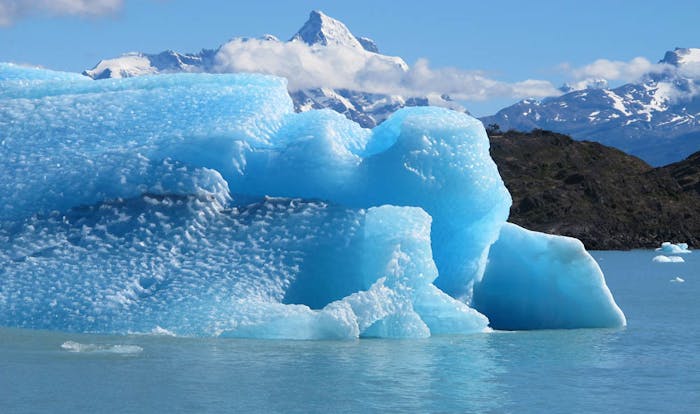Melting Glaciers Bring Energy Uncertainty
Disclaimer: The content has been put together as an example of a story populated by users.
Will hydroelectric production be disturbed?
Seasonal meltwater serves as the main source of power for an increasing number of hydroelectric dams on the rivers served by the glaciers. However, hydropower faces a difficult future in South Asia because of climatic, environmental and politico-economic factors. The region is starved of energy, and power shortages of up to 20 hours a day are stunting development. Importing oil and gas from the Gulf, Iran or Tajikistan is expensive or politically difficult. Since the amount of electricity generated varies with the flowrate, the changing river patterns in South Asia will disrupt hydropower production.

 13 Climate Action
13 Climate Action
 07 Affordable and Clean Energy
07 Affordable and Clean Energy
 15 Life On Land
15 Life On Land
 02 Zero Hunger
02 Zero Hunger